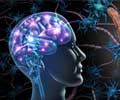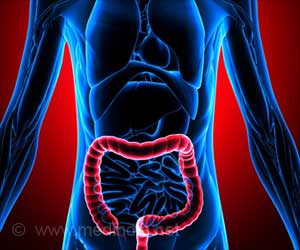Anne-Catherine said that Huntington's disease who previously received intracerebral fetal neural grafts had improvements in both motor and cognitive function.
Anne-Catherine Bachoud-Lévi, M.D., and colleagues of the French national institute of health and medicine reported in The Lancet that Huntington's disease who previously received intracerebral fetal neural grafts had improvements in both motor and cognitive function.
But the same investigators reported today that the improvements in Huntington's disease patients plateaued after two years and then began to decline over the next two to four years, with consistent worsening of dystonia but not chorea.The patient’s cognitive performance remained stable on non-timed tests, but worsened on timed tests, indicating continued loss of motor function.
In this intracerebral cell therapy the investigators grafts replacement striatal neuroblasts and neural precursor cells obtained from electively aborted fetuses into the brains of patients with Huntington's disease.
Even after a year the transplanted cells did not have any signs of typical Huntington's neuropathology but they do not affect the disease progression in the native cells carrying the mutant huntingtin gene.
In this pilot study the five participants were followed for up to six years after neural graft surgery. The patients were assessed annually with the unified Huntington's disease rating scale, neuropsychological tests, and MRI. It showed that three of the five patients in the first two years were marked by progressive clinical improvement, followed by a period of stabilization, and then gradual decline. On the other hand the remaining two patients had no lasting clinical benefits of improvement in brain function.
It was found that one patient continued to work part time for six years, and all three patients were able to do activities they had lost before the surgery but regained afterward, such as cycling or doing odd jobs around the house like cycling and guitar playing. But these activities were lost again after five years. At the end of the study all three patients were able to set the table, cook by themselves, and wash dishes.
Advertisement
Dr. Bachoud-Lévi and colleagues said that the disease has the ability to spread to regions such as the neocortex and hence replacement of striatal neurons will help delay but not stop disease progression. In conclusion the researchers said that the molecular mechanism of neuronal death is unavoidable in Huntington's disease. In the future various studies that combine both neuroprotection and neuronal replacement have to be developed. This is because Neuro-protection could stop the disease, but only a graft can restore lost function.
Advertisement






